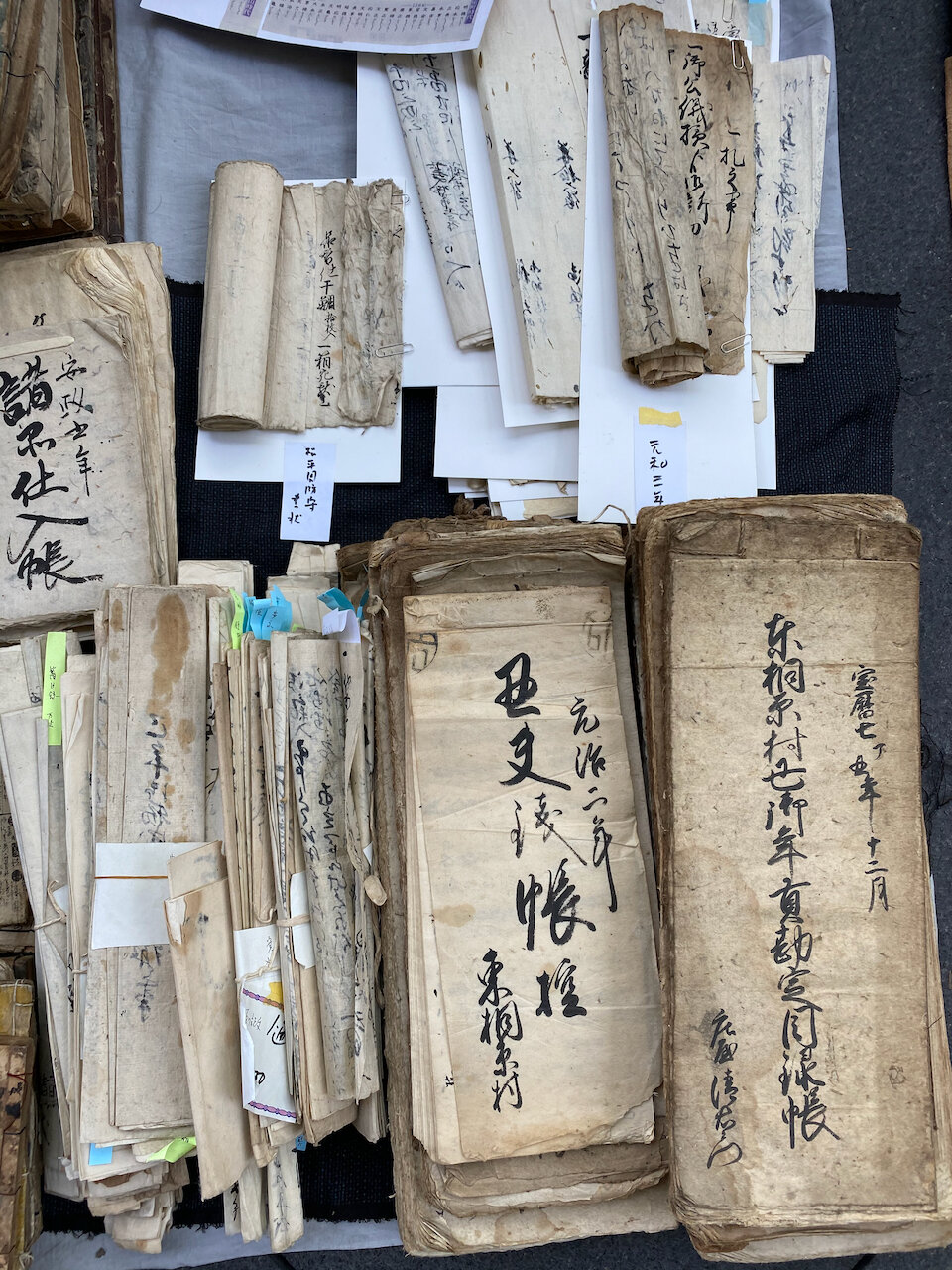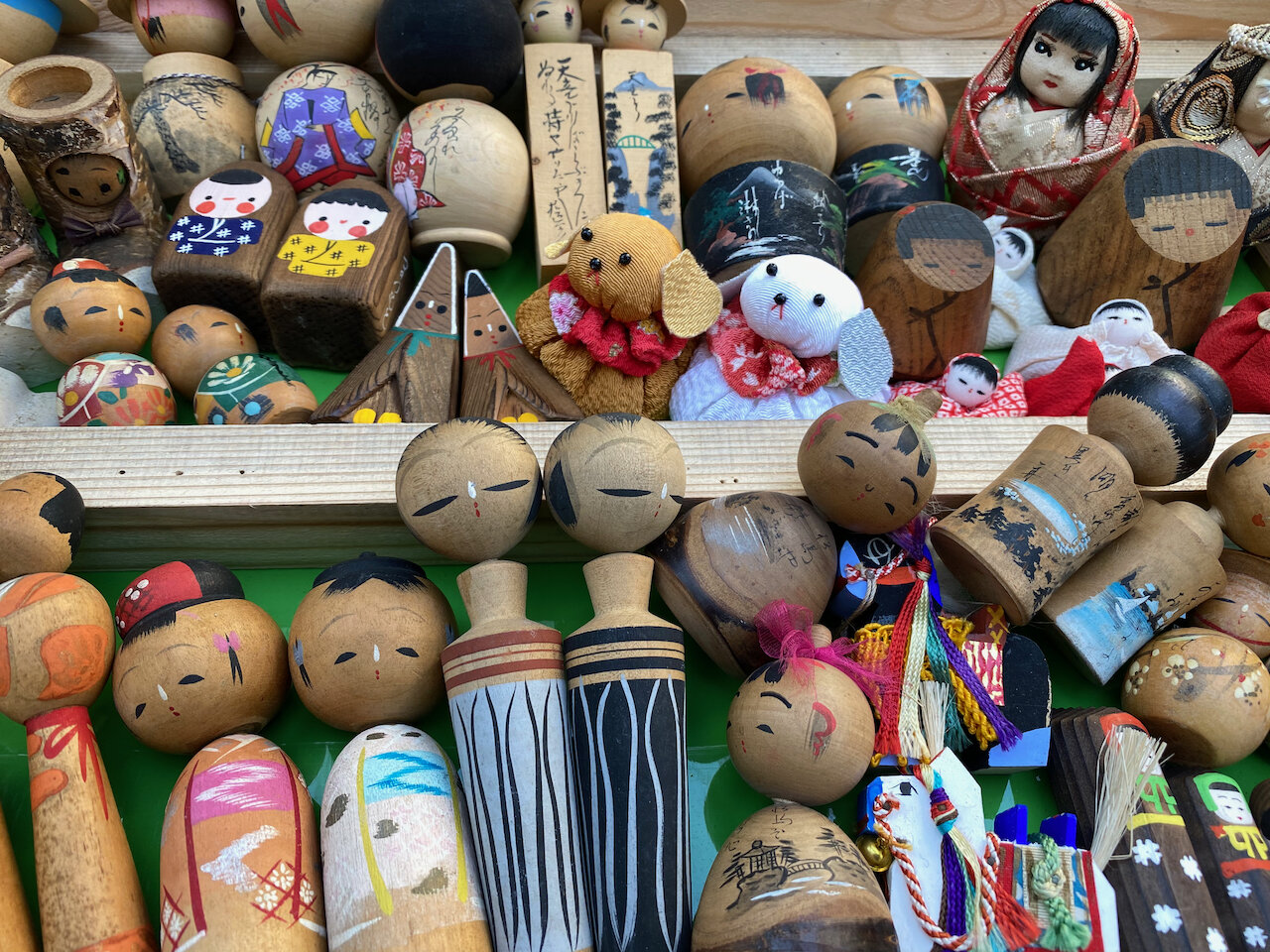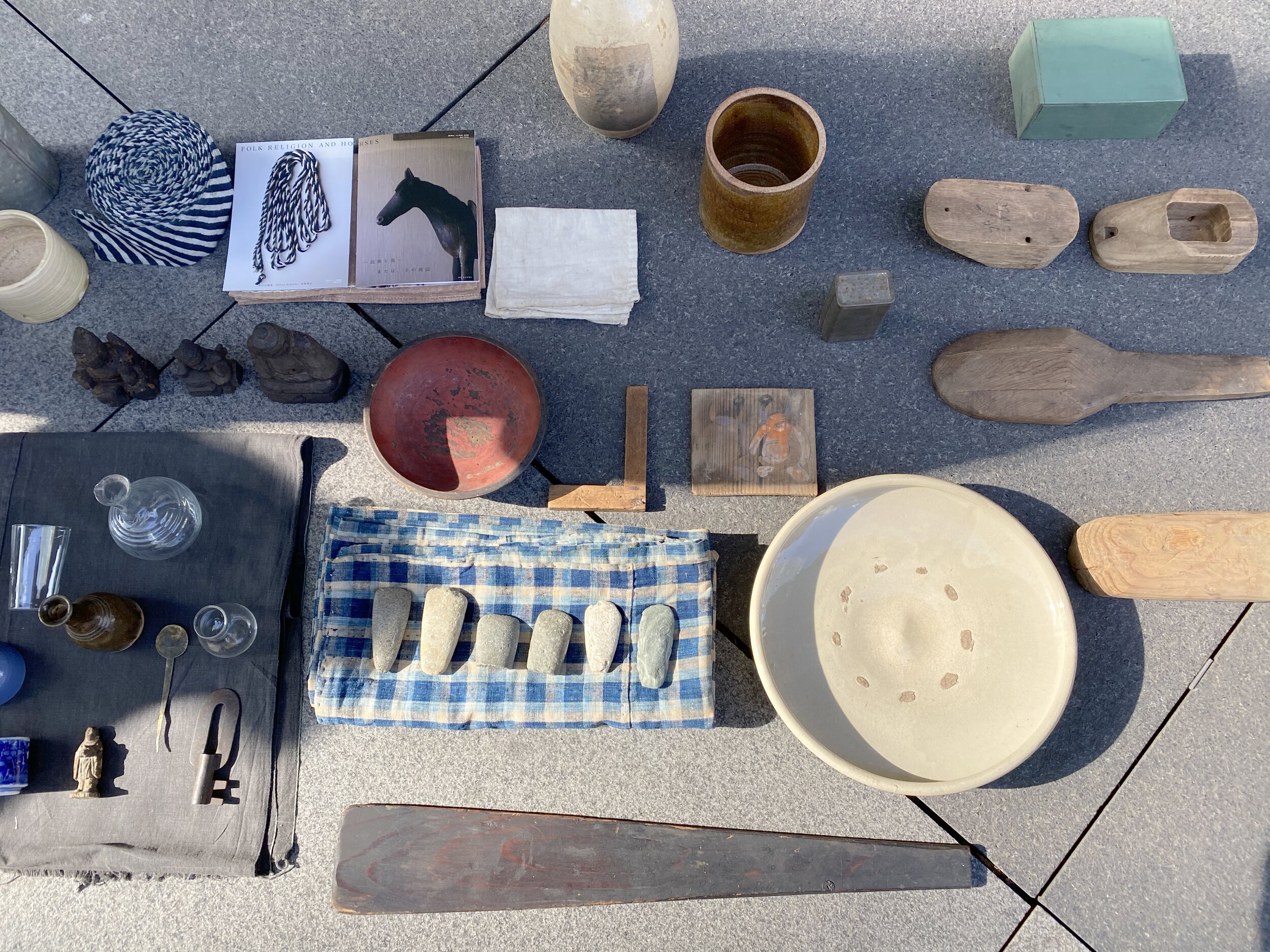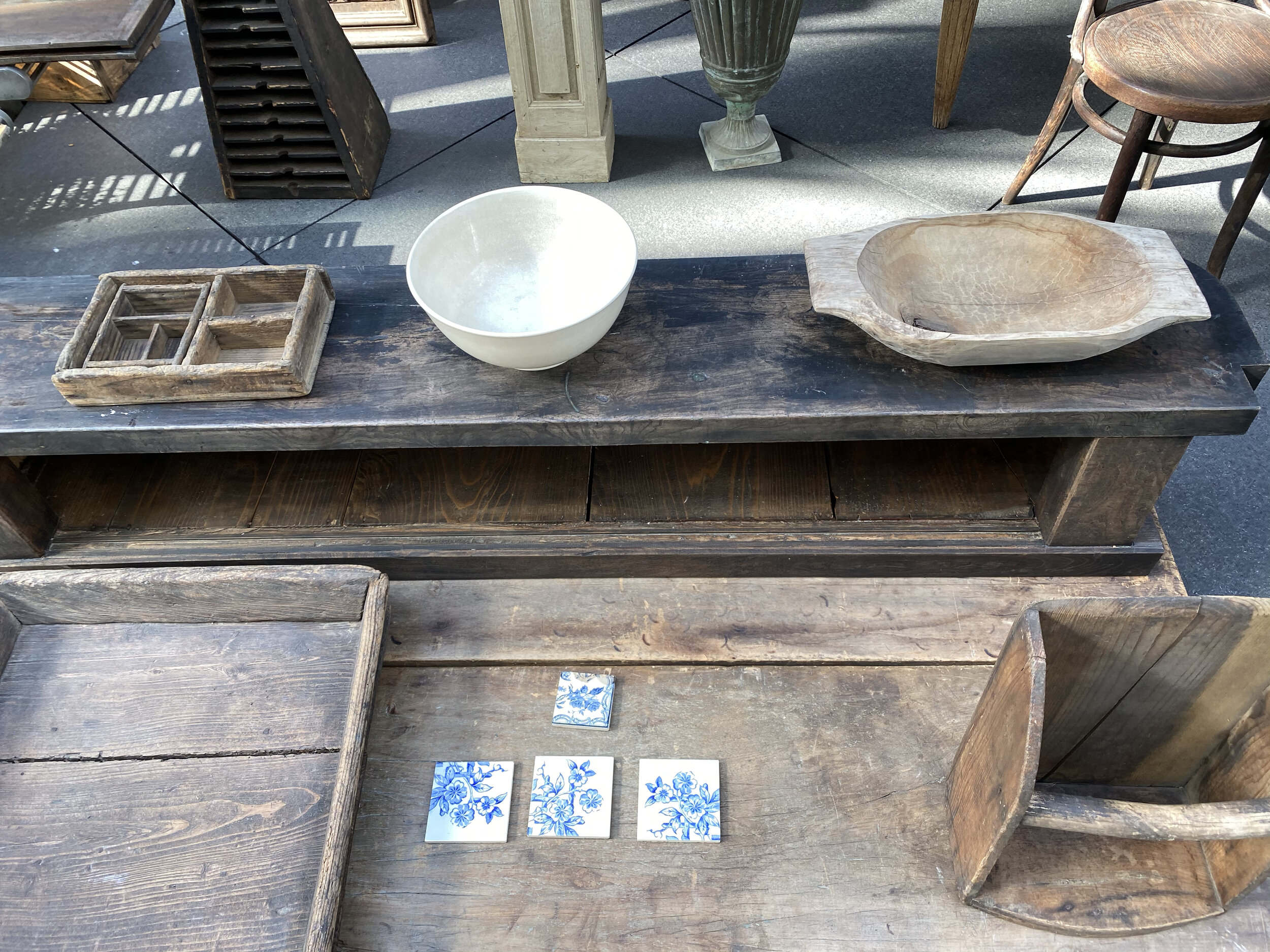My Beachfront Canvas
The kids grimaced as we pushed open the peeling door and brushed aside the overgrown plants enveloping the small side yard.
Inside, the house was dusty, stale, dark and empty, other than a couple of skittering funamushi sea roaches. But even with the prospect of creatures inside, I was excited. My teenagers less so.
Last summer, after spending a few weekends exploring the beautiful Izu Peninsula, my husband scoured the Internet for beachfront property. While he doesn’t speak Japanese, working for a Japanese company means he has incredible research skills. His search turned up a little house on a tiny road next to a rocky beach.
We drove down to take a look. It was a funky, late-1960s beach home that had never been upgraded. We slid open the five wooden shutters that covered the paned windows. Light flooded in. The one-storied house had its original windows, floors, roof tiles, walls and kitchen, with a low, metal sink and shelves. Traditional fusuma doors and sliding shoji screens separated the small, tatami-matted rooms. The main bedroom even had a tokonoma alcove, complete with hanging scroll.
Driving back to Tokyo that day, my husband talked about how much fun it would be to spend the upcoming summer months demolishing the place. The kids were horrified at the thought of spending a single night there before it was remodeled, while I was dreaming about how to restore its original Japanese charm. New tatami mats and shoji doors. A big, onsen-style bathtub. My imagination ran wild!
We have owned the house for more than a year now and have enjoyed many lovely weekends and holidays there. With no hot water and no screens on the windows, it is basically camping. We still use our nabe-style cooking stove to make coffee. And the remodeling project has taken a bit of a turn. We have been hesitant to start the demolition, but that hesitation has led to something new.
This spring, as I practiced my art and created more paintings, I became cramped for space in Tokyo. That’s when I realized that our Izu house would be the perfect place to work bigger and looser. With its fraying tatami mats, leaking roof and crumbling plaster walls, it offered an antidote to Tokyo’s fussy, clean environment. Nowhere in the house felt too precious to create in my own messy way. Armed with my art supplies, I set to work.
The walls and sliding doors soon became canvases on which to experiment. I bought some wallpaper glue from the local DIY store and started attaching my art to the sandy walls, collaging shrine sale finds of old Japanese ledgers and dictionary illustrations with my own paintings. There are blue, acrylic abstracts in the bedroom, bright green monoprints of rice stalks in the hallway and ink drawings of bamboo in the kitchen. Walking through the house feels like being inside my own artwork. It’s heavenly.
My humble Izu beach house has become an art project in itself, and I couldn’t be happier.
Words: Christina Lopp Schwabecher
Illustration: Tania Vicedo
Originally published in Tokyo American Club’s “Intouch” magazine, October 2021
Antiques & Treasures Galore
The joys of shopping at Japanese antique markets and shrine sales
I love a good flea market. We had a huge funky one on the weekends are our local Santa Cruz drive in and our family went on many a Sunday morning. I loved to see what is on offer, what junky stuff people are shedding, and what others find as treasures. From those When I first visited Japan I found the Oedo Antique Market at the Tokyo International Forum on a weekend and my mind was blown.
Whatever I thought I’d find at an antique market in Japan, I could never have been prepared what I saw there that first day. Some of the booths were so beautifully put together, with everything in it’s perfect place, that I hardly wanted to touch anything, much less buy anything. Other booths were stuffed with Kimonos, yukatas, old indigo and hundreds of meters of fabrics. On that first visit I bought a few boxes, some wooden cogs, a scrapbook of old chopstick holders, and a few things that I couldn’t even identify. But everything I bought was made with such care and attention to detail. I swooned much of my way through that first visit.
Beautifully organized market booth: May 2015
I didn’t want to touch anything! It was so perfect! The number written in chalk on the ground was likely their booth identification. Isn’t it cool how it looks so nice with everything else?
My first ever purchases from the Oedo Antique Market in May, 2015.
I didn’t know know what a few things even were, but everything was so beautiful and inexpensive! I probably spent about 6,000 yen ($60) for all of these gems. It took me three years to find out what the spoon looking wooden piece was in the center left. I brought it home to California and left it on the dinner table as a conversation piece.
Little did I know that one day I would actually live in Tokyo and discover there are shrine sales and antique shows all around Tokyo on almost every weekend. I still love the hunt. As I learn more Japanese, I can ask more questions, and I know what items are and have a better idea of their value.
Recently, I’ve been going to back to Oedo Antique Market to find old reproduction maps of Edo/Tokyo for an art project that I’ve been working on. I jumped on the Hibiya Line in Hiroo 10 mins from my house, exiting Hibiya Station on a quiet Sunday morning. But everything is bustling when I arrived at the outdoor setting of the International Forum in Marunouchi. Because of Covid, everyone gets their temperature taken, hands sanitized and masks on of course. Once you’ve got your wrist band, you can walk in and out of all of the roped off areas to see the nearly 100 booths with everything under the sun.












